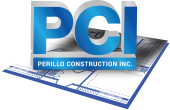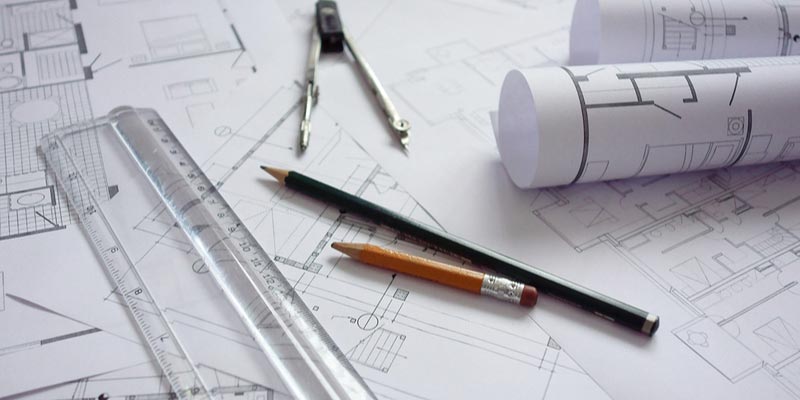Commercial lease negotiations include the tenant improvement (TI) allowance. This is money provided by the landlord to build-out or retrofit the existing space so that it works for the tenant’s intended use.
The rate one pays for rent is based off the tenant improvement allowance, as well as the time frame of the lease agreement. The goal of a tenant is to negotiate a fair deal in which they get enough money to make the necessary improvements. It’s equally important for the tenant to remain in control over the direction of the project so that it turns out favorably and they don’t feel shortchanged.
TI allowances are generally structured in one of two ways:
- Stated Dollar Amount: This structure involves the landlord providing a flat dollar amount for the tenant to use for the build out. This might include the cost of an architecture and engineer.
- Turn Key Build-Out: This structure involves the landlord covering all of the costs associated with the build-out, and largely impacts the agreed upon rent, space plan, and scope of construction.
During lease negotiations, tenants are typically focused on paying as little out of pocket for build out expenses as possible. This is why many rep brokers will say their client wants a “turnkey” build-out. It’s generally best to reduce or eliminate “out of pocket” costs for the tenant, while getting the most improvement allowance possible, based upon the pre-determined rental rate agreement.
Commonly Asked Questions About Tenant Improvement Allowances
What are the drawbacks to a turnkey build out?
There are some drawbacks to the turnkey approach. For one, the landlord maintains a great deal of control and will likely pad estimates in order to prevent going over budget and losing out on rent to compensate for that. Overestimates could total as much as 25-30%. This means the landlord could profit big if construction costs remain less than the inflated estimated amount. The landlord may become involved in the process trying to reduce costs, which could translate to cutting corners that shouldn’t be cut.
Another drawback involves the tenant giving up control of the money that is being spent on their space. If you do not set up a full construction plan from the get-go, it’s very common for certain “surprises” in the build-out process to negatively impact the tenant while favoring the landlord.
How can tenants gain more control of the build-out process?
Tenants often have the best luck by negotiating a fair flat dollar amount to cover the tenant improvement. It’s best to hire your own project manager, as opposed to paying the landlord to serve as manager of the construction process. As a result, this puts more control in the tenant’s hands as opposed to the landlord’s.
A general contractor will bid out the jobs and ensure you get the greatest deal on the highest quality work. Oftentimes, when the landlord is in charge of bidding out each element of the project, they simply seek out the cheapest contractor to save money. After all, they don’t have to use the equipment or office space, and you’ve already signed on the dotted line to pay them rent.
What are the benefits to hiring a project manager on your own?
A project manager hired by you is going to strive to provide the greatest cost benefits to you, not to the landlord. In other words, they aren’t going to cut important corners to save money. Instead, in order to save money, they can score deals on comparable equipment as well as vendors they have worked with many times. They also keep tabs on local building codes to prevent costly hassles and delays.
Can you negotiate additional improvements in the rental agreement?
Tenants are often able to negotiate the ability to add additional elements as needed in the future into their rental agreement. This can help cover you in the instance that original construction goes over budget or you decide that you need more improvements or upgrades a few months or even years from now.
Who provides the original estimates of costs?
The owner and tenant both need to know how much the build out is going to cost from the get-go. A design-build contractor can address all of the costs associated with design, permitting and construction. These are all considered “hard” costs. There are other costs to consider too, such as furnishing, electrical equipment, computers, relocating expenses and so forth. These estimates are updated throughout the design, development and permitting process. At this time, the landlord can make any adjustments to the final financial expectations. When construction begins everyone should be on the same page in regards to a firm budget.
PCI can help you get the most out of your tenant improvement allowance. Contact us today to learn more about our unsurpassed reputation and how we can help you save money while scoring your ideal office build out.

